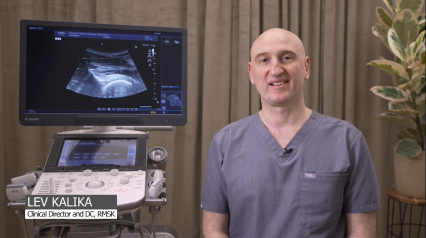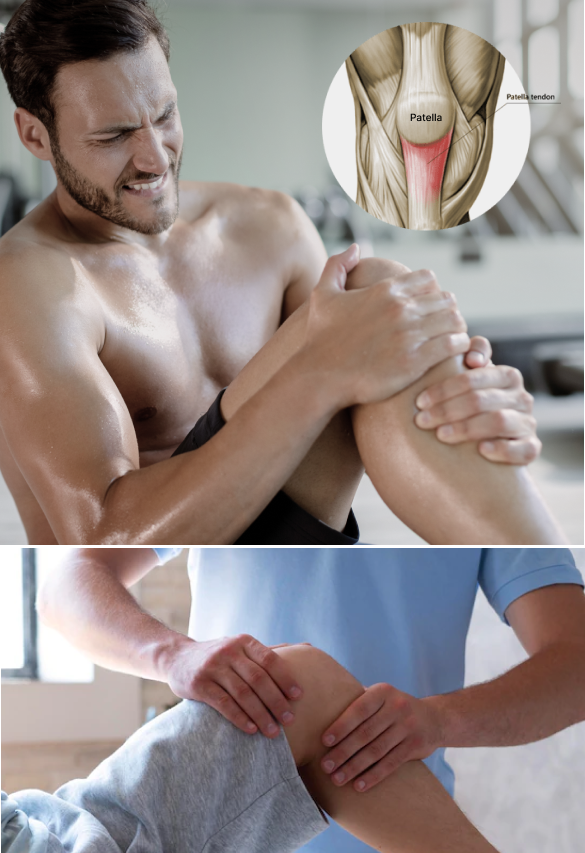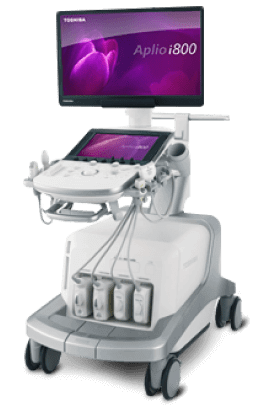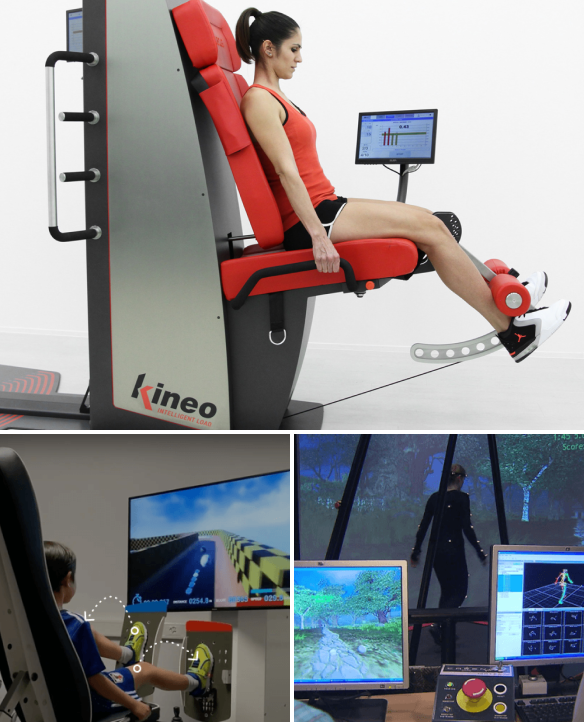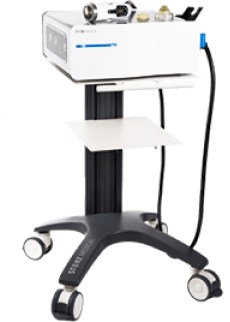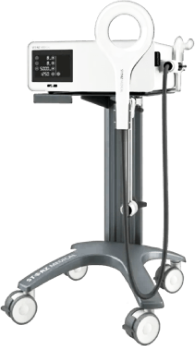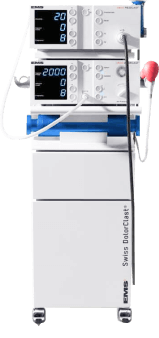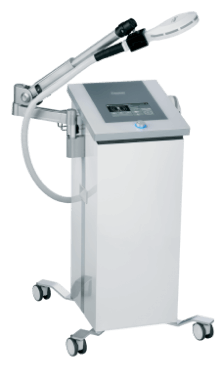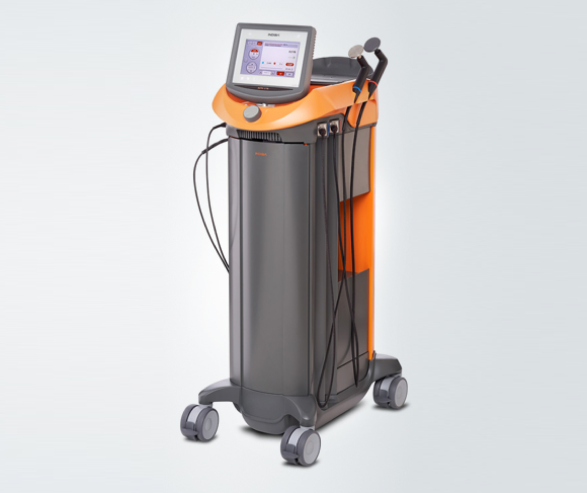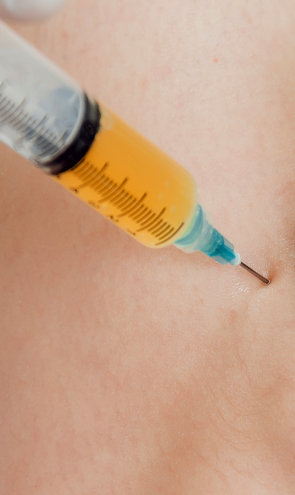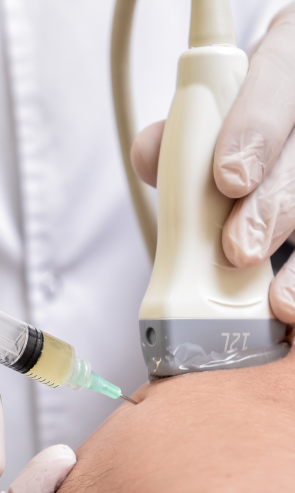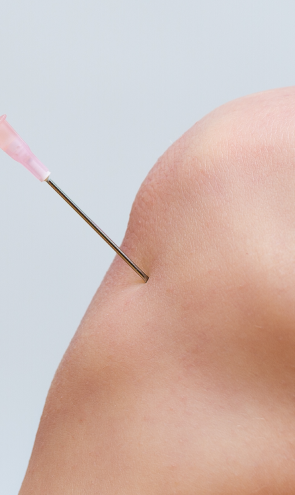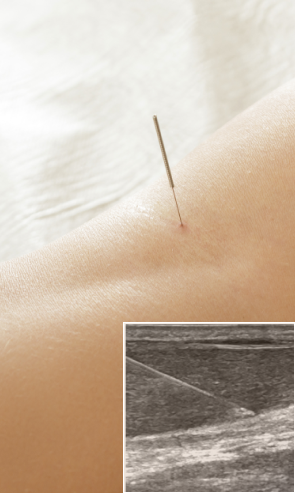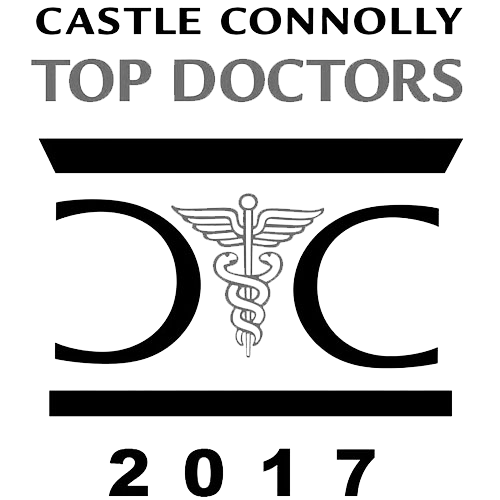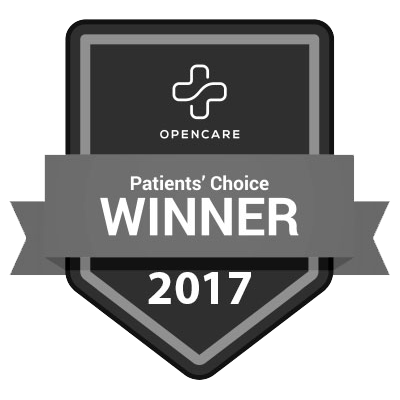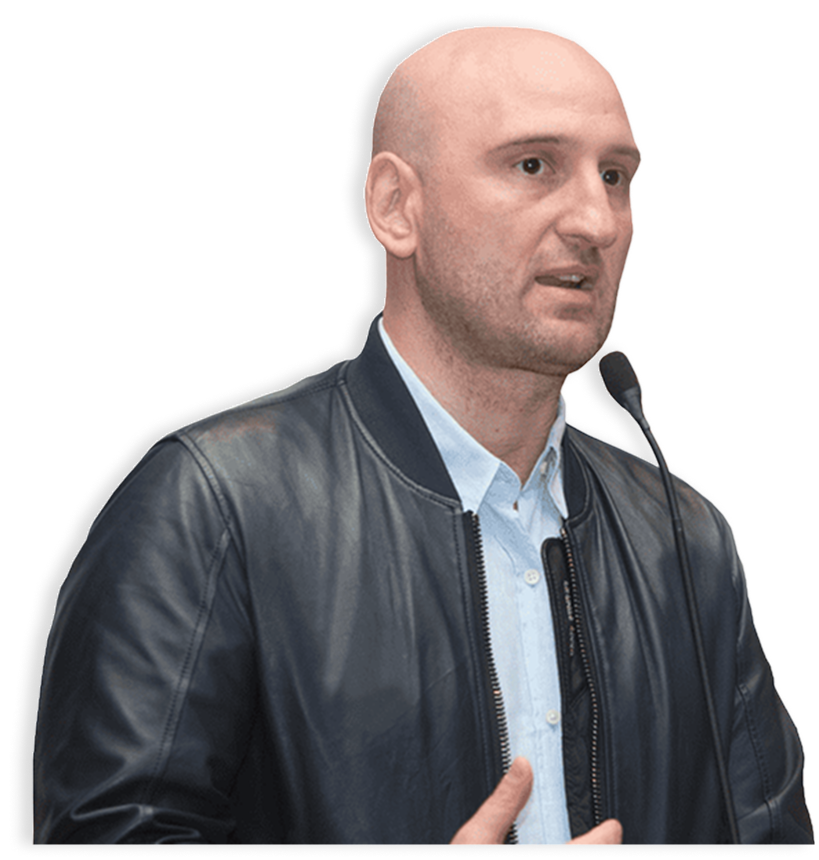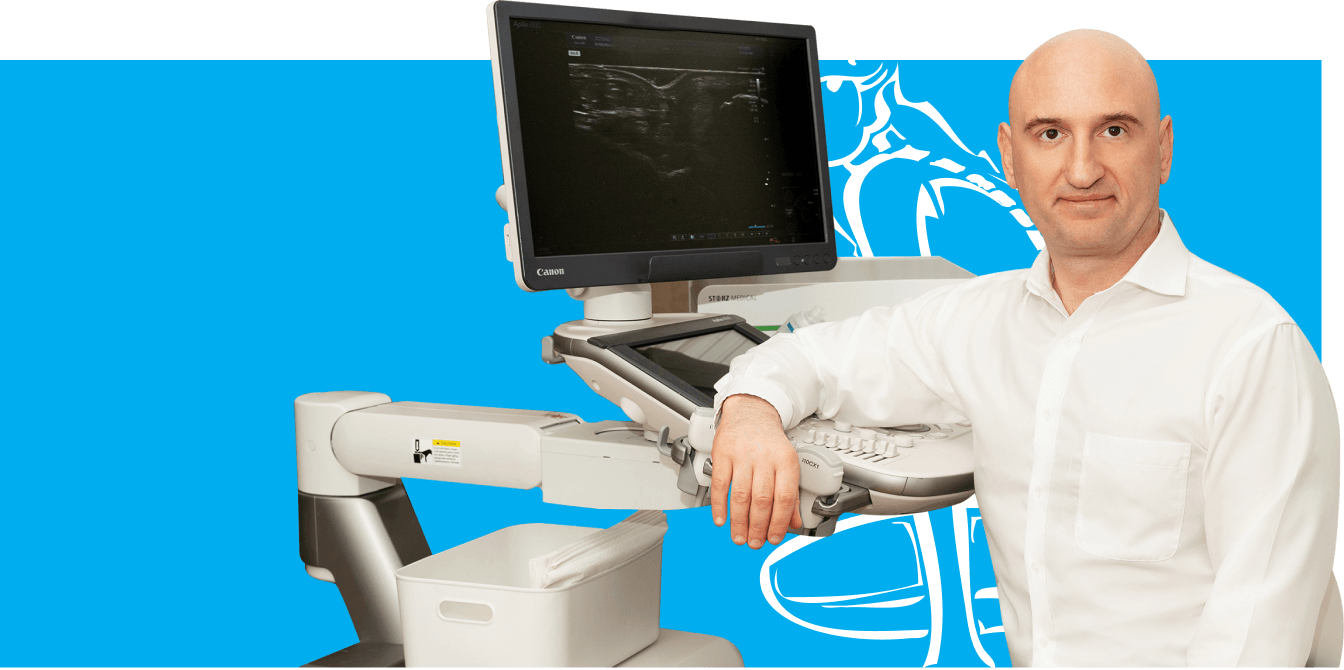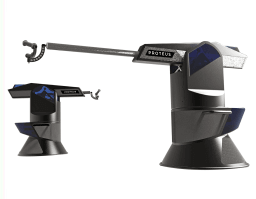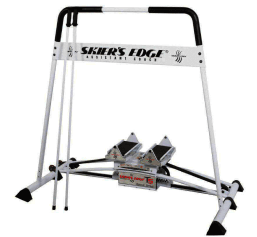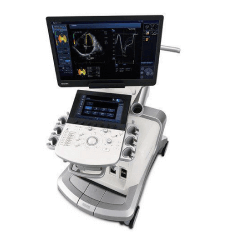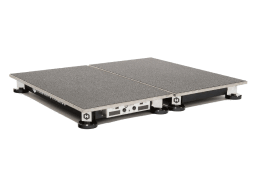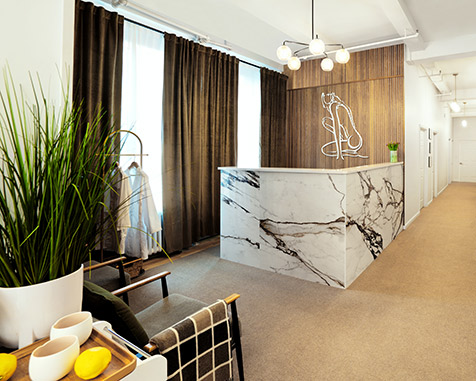Our Revolutionary Approach to Tendon Injuries Sets Us Apart
Athletes know that a knee injury can be a career-ending event if not properly rehabilitated. Run-of-the-mill physical therapy clinics staffed by inexperienced clinicians often prescribe one-size-fits-all treatment protocols that fall short of restoring peak functional performance.
At NYDNRehab, we take a personalized approach to patient care. We understand that every patient has a unique anatomy, and every injury has its own peculiarities. Our one-on-one approach ensures that you get a patellar tendonitis recovery plan designed just for you, so you heal and return to play in the shortest time possible.
We use regenerative technologies that accelerate patellar tendonitis healing time at the cellular level, for the fastest possible recovery. But we don’t stop there — we do biomechanical analysis and feedback retraining to restore neural pathways between your brain and body, to eliminate compensation patterns adopted after your injury.
Our cutting edge technologies let us quantify motor parameters and track your progress, eliminating guesswork and ensuring that you recover completely from your injury before returning to sport. Our goal is to return you to the playing field, faster, stronger and more confident than you were before your injury.


